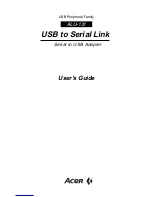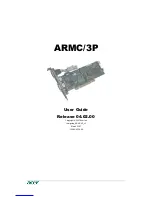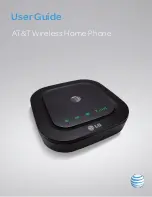
20
Cabling Your RAID Enclosure
Cabling the Enclosure
You can cable your enclosure to up to four hosts. The configuration that you choose depends on the
number of hosts you have, whether you are connecting to a standalone host or a cluster node, and the
level of data redundancy that you need.
Redundancy vs. Nonredundancy
Non-redundant configurations
, configurations that provide only a single data path from a host to the
RAID enclosure, are recommended only for non-critical data storage. Path failure from a failed or
removed cable, a failed host bus adapter, or a failed or removed RAID controller module results in loss of
host access to storage on the RAID enclosure.
Redundancy
is established by installing separate data paths between the host and the storage array, in
which each path is to different RAID controller modules. Redundancy protects the host from losing
access to data in the event of path failure, because both RAID controllers can access all the disks in the
storage array.
Figure 2-1 through Figure 2-8 show supported redundant and nonredundant cabling configurations.
Redundant Configurations
Figure 2-1 and Figure 2-2 show redundant, high-availability cabling configurations for one and two hosts.
If any one path fails, at least one HBA is still connected to one RAID controller.
Summary of Contents for PowerVault MD3000
Page 68: ...68 Troubleshooting Your Enclosure ...
Page 100: ...100 Glossary ...
















































